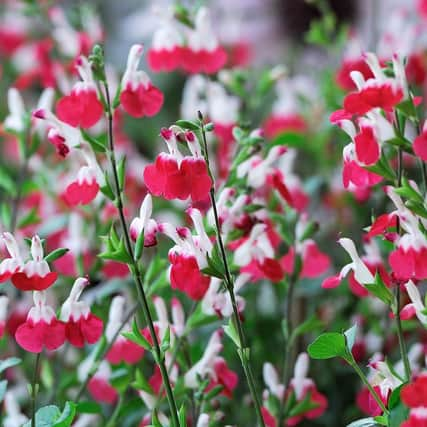Sowing seeds for success in your garden this autumn


It’s also around now that you can start harvesting some seeds from your favourite plants. Why buy packets of seeds every year when you can simply collect them from your own plants or those of your friends?
So, thrifty tip for the month is … save seeds from summer flowers. Growing plants from your own seeds is satisfying and exciting. Not only is it easy to do, but it saves a bit of cash producing flowers for the garden that you can share with friends.
Advertisement
Hide AdAdvertisement
Hide AdAlways collect seeds from healthy plants on a dry day. Pick seed heads as they turn from green to brown then lie them in a tray in a greenhouse or on a warm windowsill or airing cupboard until the seedpods open easily. You will need to remove husks and other debris before storing.
To store seeds until spring, use small paper packets, label them and keep in an airtight container. Some seeds are easier than others … for instance columbines, love-in-the-mist, poppies and foxgloves you can simply tip, shake or split the seed capsule onto a piece of paper and collect the seeds.
Smaller, finer seeds that are harder to extract can be rubbed through a fine sieve over a piece of paper.
Seeds are often collected as a kind of plant insurance policy. Some plants, like Salvias, are not completely hardy – so it’s good to save some seeds in case your original plants don’t survive the winter.
Advertisement
Hide AdAdvertisement
Hide AdSalvias really come into their own at this time of year though, when their spikes of flowers combine beautifully with other classic later bloomers such as Asters.
Salvias tick a lot of boxes – drought tolerant, low maintenances, pest and disease resistant as well as being loved by pollinators.
They grow best in full sun and well drained soil and as a general rule, the smaller the leaves, the more drought and wind tolerant they are.
Relative newcomer Amistad with rich purple flowers that show from May through to November has quickly become a best-seller; the inimitable Hot Lips with its red and white flowers is a hardy, compact, scented, bushy plant; whilst ‘Viola Klose’ has radiant violet flower spires and is an excellent alternative to lavender.
Advertisement
Hide AdAdvertisement
Hide AdAsters, like Salivas, also have long flowering period. Sometimes known as Michaelmas daisies, Asters are much loved by pollinators and gardeners alike due to their daisy-like flowers and late-season colour.
Most are perennials lasting years in borders and beds. However, during prolonged dry spells, the Royal Horticultural Society suggests additional watering as the height of an aster can vary from year to year according to the amount of water it has received.
Other jobs on the RHS Gardener’s Checklist for September include:
Plant spring-flowering bulbs
Pot up Christmas hyacinths
Leave perennial seedheads for wildlife
Harvest and store potatoes